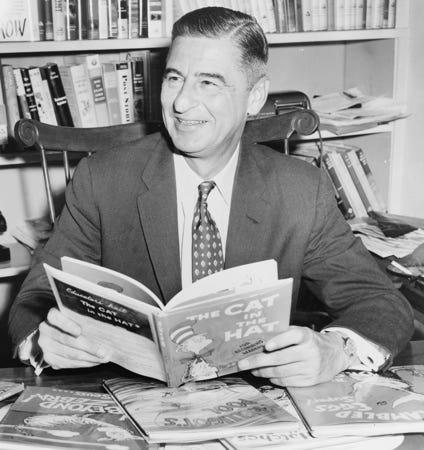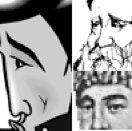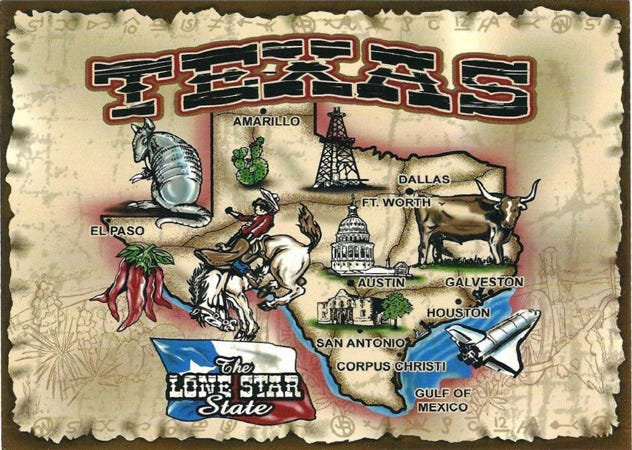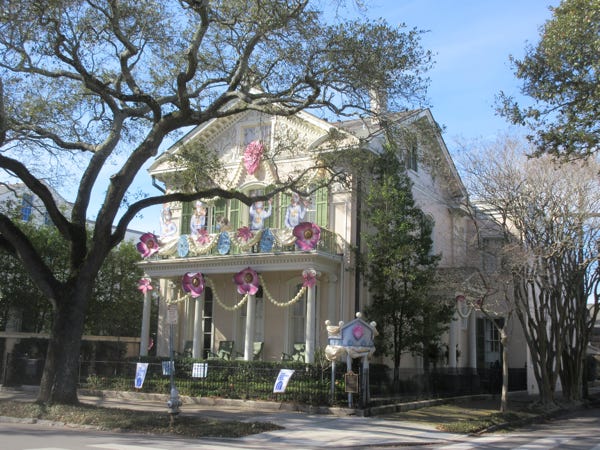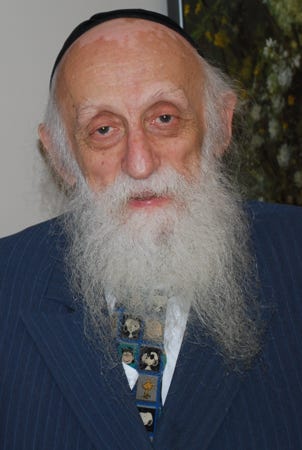03/08/2021
The estate which controls the publishing of Dr. Seuss books has announced that six of his books will be pulled from publication because of racist and stereotypical images that appear in the books. The books are mostly unknown, including McElligot’s Pool, The Cat’s Quizzer and Scrambled Eggs Super!. The book being withdrawn that is most familiar to many readers is And to Think That I Saw It on Mulberry Street, which includes a stereotypical image of an Asian person with slanty eyes. While many on the right are criticizing this as a form of cancel culture or censorship, others recognize that the estate management made the decision on their own after having a panel investigate the author’s works. Representatives of Dr. Seuss Enterprises said, “These books portray people in ways that are hurtful and wrong. Ceasing sales of these books is only part of our commitment and our broader plan to ensure Dr. Seuss Enterprises’ catalog represents and supports all communities and families.” In fact, later works by Dr. Seuss carried strong messages of the importance of acceptance of others, including Horton Hears a Who!, with a theme of “a person’s a person no matter how small.” Seuss was inspired by a post-World War II visit to Japan that opened his eyes to seeing the Japanese people differently than he had during the war. Which of Dr. Seuss’s works was inspired by something Jewish?
Theodor Seuss Geisel (Dr. Seuss) by Al Ravenna, New York World-Telegram and the Sun staff photographer is in the public domain
A. Theodor Seuss Geisel (Dr. Seuss’s real name) was inspired to write one of his most famous books, Green Eggs and Ham, by a Jewish boy who was friends with Geisel’s son. The boy, named Sammy, came over one day and refused to eat the ham dinner which was offered to him. This inspired Geisel to write about Sam-I-Am who did not like green eggs and ham.
B. One of Seuss’s lesser known works was Too Many Daves about a mother who named all 23 of her sons Dave. Geisel was inspired by two neighbors of the Geisel family. Each family was Jewish, and each had a son named David. When Theodor Geisel and his wife attended a Passover seder sponsored by one of the Jewish families and attended by the other, Geisel was amused by the fact that whenever someone said the name David during the seder both boys responded, always leading to confusion.
C. Seuss’s book Sneetches was about characters with a star on their chest who discriminated against others without the star. An entrepreneur invented a machine that placed stars on people’s chests, and all the non-starred characters suddenly had stars. The originally-starred characters then used a “star off” machine, and eventually everyone was running from machine to machine until no one knew who was part of which group originally. Seuss was inspired to write the book when he learned of Nazis forcing Jews to wear stars on their clothing.
D. In 1927 Geisel published his first national cartoon in the Saturday Evening Post, at which point he moved to Queens, New York. He met a neighbor, Mickey Katz, who was an Orthodox Jew. Katz always wore a yarmulke, something that Geisel had never seen before. So Mr. Katz and his “hat” became the inspiration for The Cat in the Hat.
E. In 1946, Dr. Seuss was invited to a Yom Kippur break-the-fast meal by his editor (who was Jewish) at Vanguard Press. He felt he should bring something to the meal but not being Jewish, he had no idea what would be appropriate. He went to a local Jewish deli and asked the counterman what he should buy for the occasion. Said the employee, “I have nice lox in my ice box.” That line kept whirling around in Geisel’s head, and sure enough, the next day he began writing Fox in Socks. An early draft of the book included the line “Fox in socks on box on Knox enjoyed nice lox from the ice box,” but the line was later cut from the book.
✡ ✡ ✡ ✡ ✡ ✡ ✡ ✡ ✡
